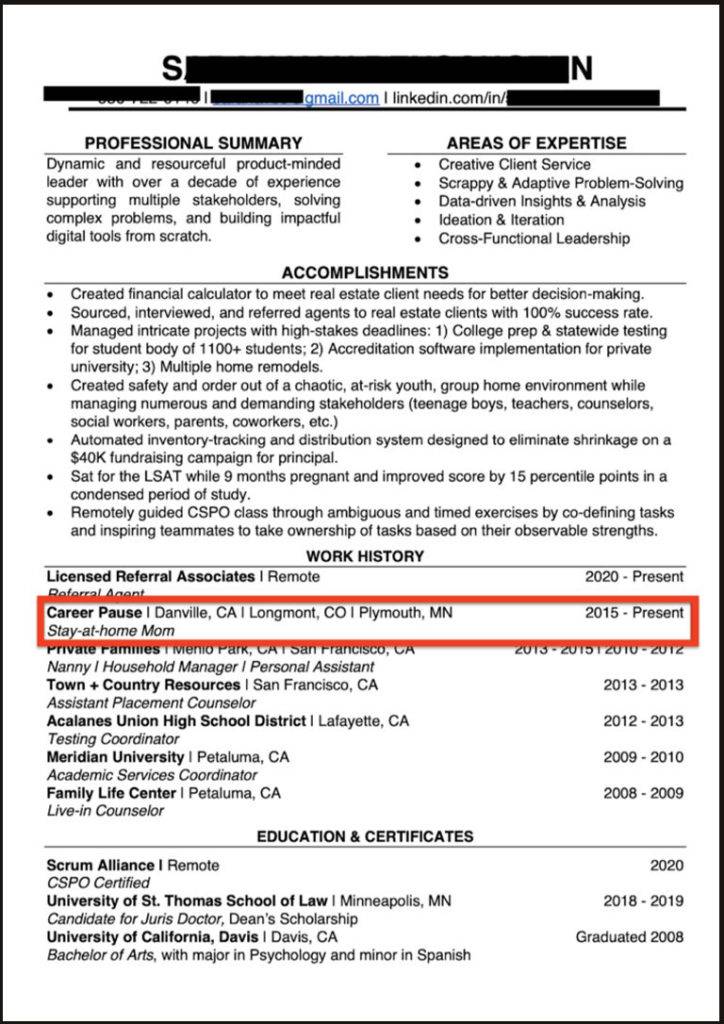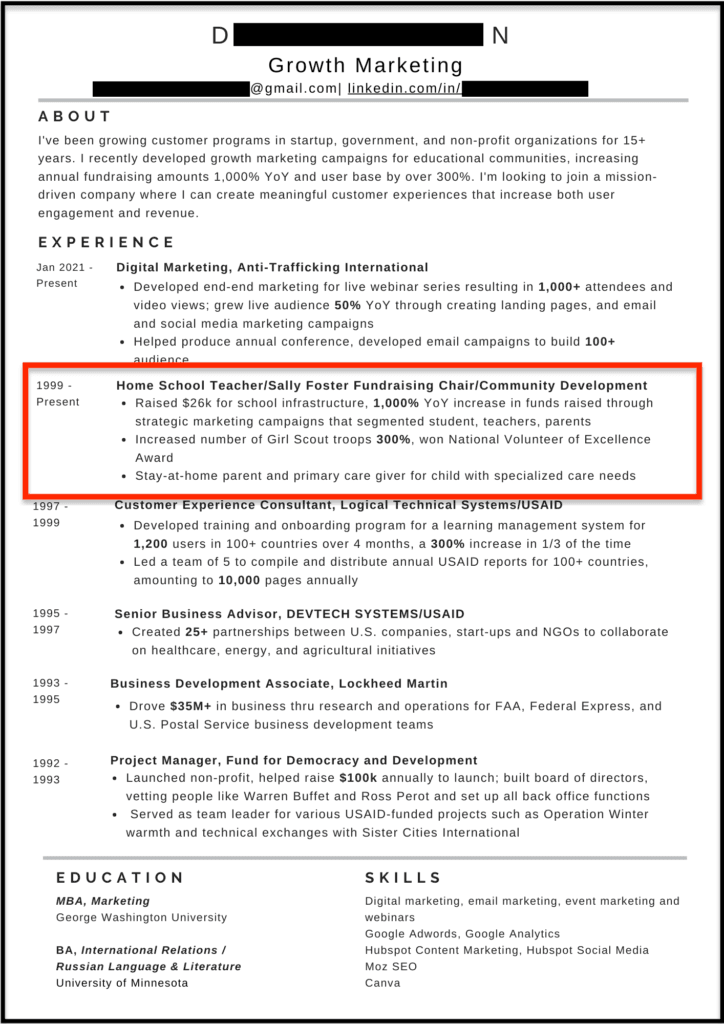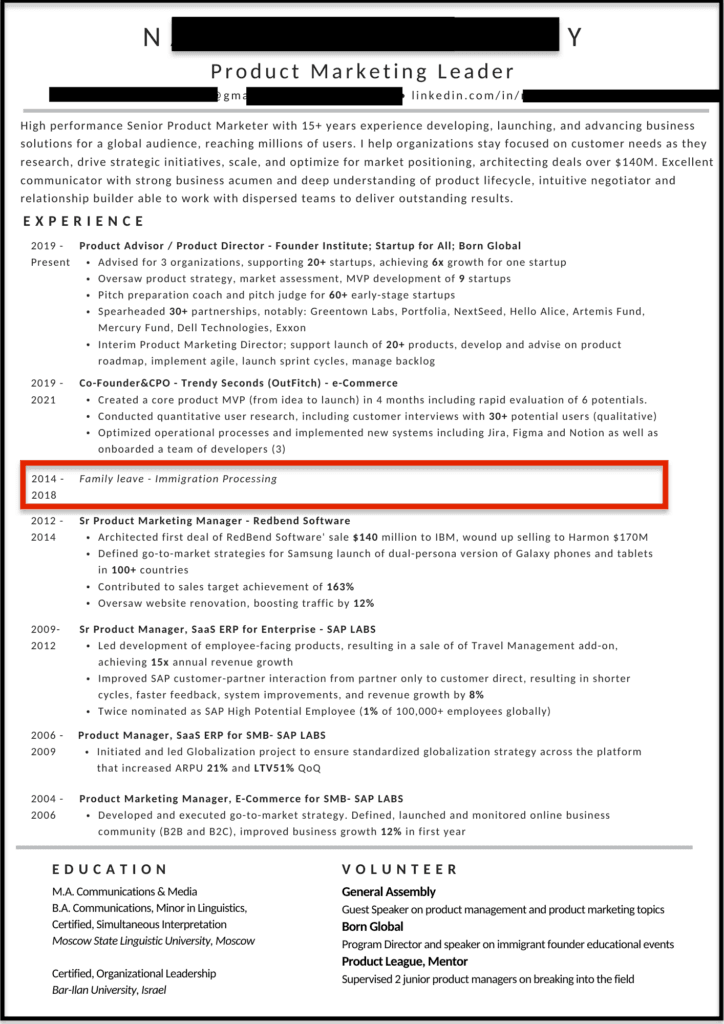There are plenty of good reasons to look for a new job right now. Still-low unemployment rates mean that candidates have leverage in negotiations and a good shot at landing a plum role with a nice compensation package. The abundance of open positions offering location or schedule flexibility increases the likelihood of finding a role that could be truly life changing. And of course, financial need or fear of layoffs could certainly be a motivating factor.
Whatever the reason for your job search, you’ll want to make sure that the employers you’re courting support your particular needs for work-life integration. After all, if your new company sets you up for success as both an employee and a mom, you’re more likely to excel at work and at home, enjoy working for your employer, and feel happier overall. And really, isn’t that the goal? In this spirit, here are our top benefit picks with moms in mind.
Parental leave. But not just any parental leave. Generous and equitable fully paid parental leave, with a super-low 0-6 month tenure requirement. What’s more, the employer should offer the same leave to both men and women… and strongly encourage everyone to take it! Why? Because normalizing parental leave for both moms and dads means that you won’t take a career hit because of your time off. And getting spouses involved in caretaking from the get-go sets the standard for equal sharing of unpaid caregiving work at home. Which, of course, is good for YOU.
Post-leave back-to-work programs. Going back to work after maternity leave can be very difficult — it’s common to feel guilty leaving your baby, unsure of how you’ll handle both employee and parent responsibilities, and nervous about any changes at work that happened while you were gone. Back-to-work programs allow for a more gradual transition. New moms work part-time at full pay for the first month post-leave and often receive coaching or extra support.
Non-baby caretaker leave. It’s true that new babies need care, and that parents need time to bond with their newest additions. But children don’t stop requiring care just because maternity leave has ended. Caretaker leave allows time off to look into medical, developmental, or educational issues that arise as your kids are growing up, and also to provide care for your own aging parents as needed.
Subsidized on-site childcare. If you’re considering an on-site or hybrid role in a large company and have young children, this one’s an obvious perk to look for. 69% of women with children under 5 would be more likely to choose an employer that offered on-site daycare or benefits to help pay for childcare — and with reason. It’s easier to relax and do your best work when you know your children are nearby and can be reached at a moment’s notice. Without an extra commute to drop off and pick up kids, you gain extra time in your day. And then there’s cost savings. Need we say more?
Backup childcare. Nanny sick? No school today? This temporary backup care is designed to step in when your regular childcare arrangements are disrupted, either expectedly (such as for scheduled closings, holidays and vacations) or unexpectedly (due to illness, inclement weather, and the like). Corporate-subsidized backup childcare alleviates stress and allows you to keep working.
Dependent care flex spending accounts. Childcare is just plain expensive. Dependent care flex spending accounts allow parents to set aside pre-tax dollars to pay for childcare, which can result in non-trivial savings.
Fertility support and services. Some of us need a little extra help becoming moms. When this is the case, benefits that help pay for expensive services such as in-vitro fertilization and egg/embryo freezing can be the deciding factor in your choice of workplace.
Organization-wide salary reviews. At the end of the day, most of us are working in order to earn money, and salary matters. The motherhood penalty is real, with moms earning an average of 15% less for each child under 5. So fair pay is essential. Ask about company-wide salary reviews. If the employer ensures equity by level and position across the organization, that means you’re less likely to fall into the pay gap.
Equity-focused performance reviews. Many companies have annual performance reviews to evaluate employees’ accomplishments and growth areas. The best companies also ensure that all employees (regardless of gender or maternal status) are given equal opportunities for learning, growth, visibility and advancement. Think of things like highly visible projects, task force participation, and leadership opportunities. This is the stuff that promotions are made of, so ask if it’s allocated fairly and equitably.
Lactation rooms. Just ask anyone who’s had to pump in a corporate multi-stall restroom. If you work on-site, having a clean, comfortable, private place to pump milk multiple times a day does make a difference.
MilkStork. This service for nursing moms who take business trips ships freshly pumped milk home for consumption or safe keeping.
Mental health services. Life plus work can be stressful at times. Adding parenting to that formula can considerably up the ante. Mental health benefits can provide therapy or coaching sessions to help ride the inevitable waves.
Women or parent-focused employee resource groups (ERGs). Finding community and support among colleagues who also happen to be parents can make for understanding ears, fabulous connections, and positive feelings about your workplace.
Got other benefits we should add to the list? Let us know!












